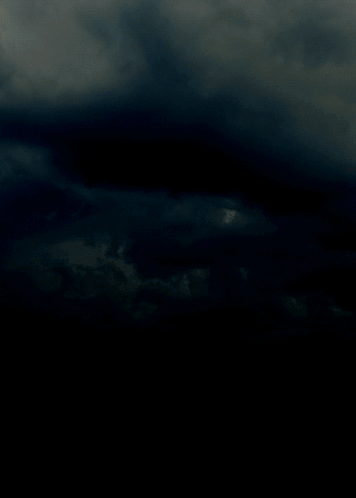Thunder and Lightning
In the realm of natural phenomena, few occurrences captivate our senses as much as the dynamic duo of thunder and lightning. These awe-inspiring displays of nature's power are not merely random acts but the result of a fascinating interplay of atmospheric forces. Let's embark on a journey to unravel the mysteries behind thunder and lightning, exploring the science that lights up the sky and echoes in our ears.

The Birth of Lightning
Lightning, the dazzling streaks that cut through the night sky, is a visual manifestation of electrical discharge. This mesmerizing phenomenon occurs within thunderstorms, which are giant electrical generators in the Earth's atmosphere. At the heart of this process is the separation of electric charges within the storm clouds.
As a thundercloud develops, its upper regions become positively charged, while the lower regions acquire a negative charge. This charge separation sets the stage for a spectacular electrical performance. The insulating properties of air prevent an immediate discharge, creating a tension that intensifies with the growing charge differential.
The Spark of Creation
When the electric potential difference becomes too great for the air to resist, a path of ionized air, known as a leader, forms. This leader reaches out from the cloud in a series of steps towards the ground. Simultaneously, a streamer rises from the Earth's surface to meet the descending leader. When these two connect, an electric circuit is completed, allowing a surge of electricity to flow.
The result is the brilliant flash we know as lightning. The temperature of a lightning bolt can skyrocket to around 30,000 degrees Celsius (54,000 degrees Fahrenheit), making it hotter than the surface of the sun. This intense heat causes the surrounding air to rapidly expand and contract, creating shockwaves that we perceive as thunder.
The Symphony of Thunder
Thunder, the audible companion to lightning, is essentially the sonic shockwave produced by the rapid heating and expansion of air. The intense heat generated by a lightning bolt causes the air along its path to expand explosively, creating a shockwave that propagates in all directions.
The speed of sound in the atmosphere is much slower than that of light, which is why we see the lightning flash before we hear the accompanying thunder. By counting the seconds between the flash and the rumble, one can estimate the distance of the lightning strike. Each five-second interval roughly corresponds to a distance of one mile.
Varieties of Lightning
The mesmerizing display of lightning comes in various forms, each with its unique characteristics. Cloud-to-ground lightning is the most common and the one most associated with thunderstorms. However, intra-cloud lightning, which occurs within the cloud itself, and cloud-to-cloud lightning are also common occurrences.
Sprites and elves are rare and elusive types of lightning that extend into the upper atmosphere. These phenomena, often triggered by powerful thunderstorms, result in luminous and ethereal displays high above the thunderclouds.
Conclusion
Thunder and lightning, this dynamic duo of the natural world, unveil the hidden forces at play within our atmosphere. As we delve into the intricate dance of charge separation, electrical discharge, and the sonic aftermath, the magic of these phenomena becomes all the more captivating. So, the next time you witness a storm lighting up the night sky, remember that what may appear as chaotic brilliance is, in fact, a beautifully orchestrated performance orchestrated by the laws of physics.
Posted Using InLeo Alpha